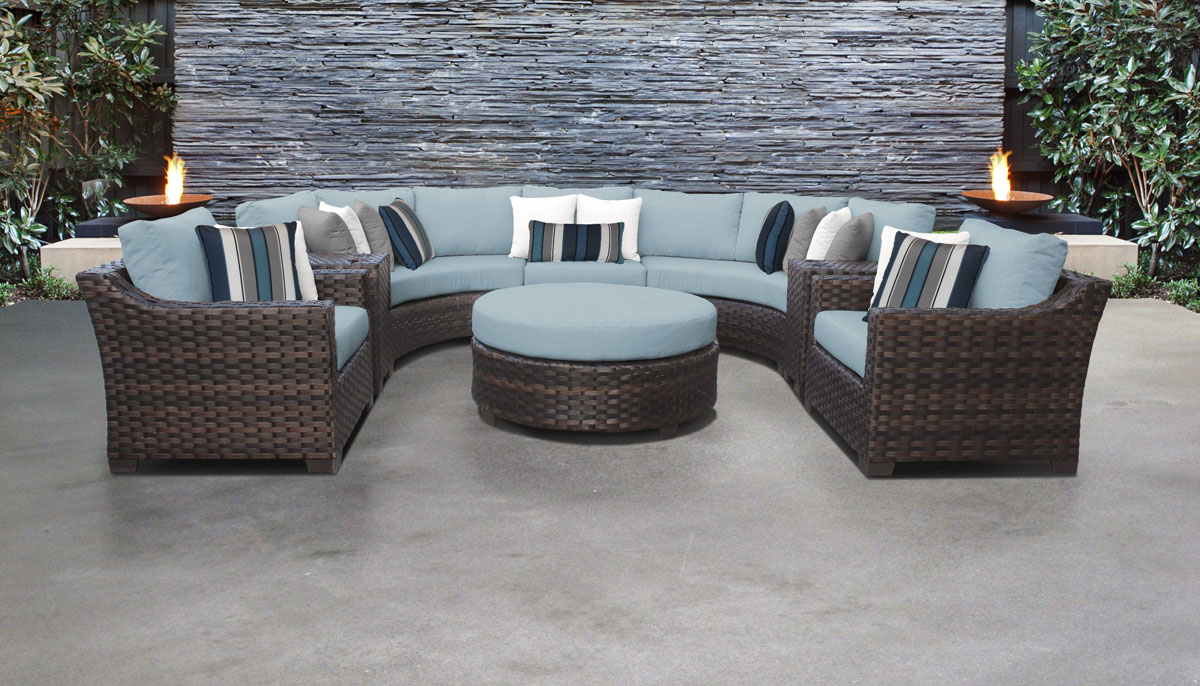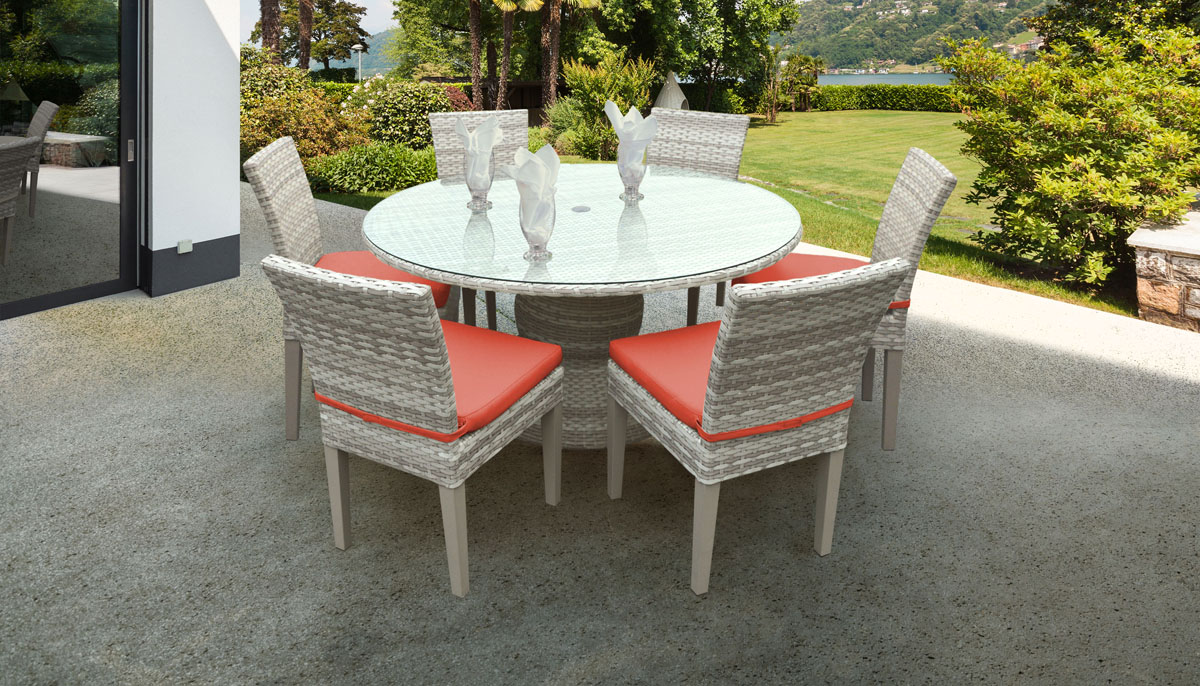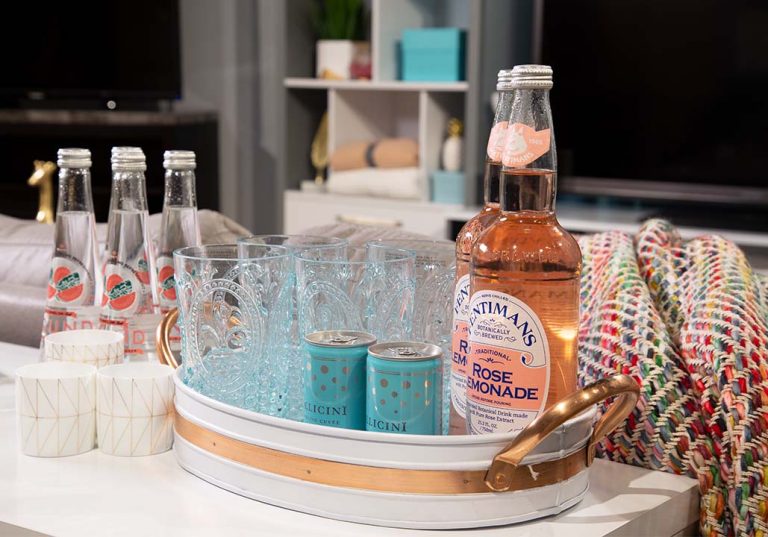
Get Inspired
7 Tips for Couples Decorating Together
Decorating a home together can test any relationship. If you know couples who have done this recently, there’s a good chance you may have gotten an earful about it. But even if you haven’t heard it firsthand, a study by Houzz made it clear that redecorating, remodeling, or building a house together can take a toll on a relationship. In their survey of over 1,300 people, they found that seven percent considered divorce or separation during the project. And that was an improvement from their surveys in 2013 and 2015, which found that 12 percent of respondents considered divorce or separation during redecorating, remodeling or building a house.
So, what can you do if you want to redecorate, but don’t want to tax your relationship?
Here are the most important things about the process to keep in mind, according to experts:
1. Communication in Decorating – It’s Okay to Bicker about Things, but Both Partners Should Be Heard
Not surprisingly, this is the most important thing the professionals we spoke to stressed. Rachel Waldron, principal of Waldron Designs, an interior architectural design firm outside of Seattle, says, “Communication is everything.”
Some of the most successful projects she’s worked on involve couples who openly bicker in front of her. Sometimes it can even get so heated that one partner will walk away for a moment. But if they return and then both partners contribute and listen to each other, that is a scenario that can produce some of the best results. What’s most important, according to Waldron, is that “design needs to be an equal contribution and they need to let each other speak.”
What Waldron does see as a problem is when one spouse is domineering the other and keeping them from participating. “Usually in the first meeting if one spouse is talking over the other,” Waldron sees that as a red flag.
Sharon Robie, an interior designer since 1974 and the author of several books including Decorating Without Fear: A Step-by-Step Guide to Creating the Home You Love, agrees that communication is paramount. Her secret when working with couples is to “listen to and acknowledge both partners.”
2. Compromise – Decorating Together IS Going to Mean Compromising
Both Waldron and Robie stress that compromise is crucial. They each see their role as a force to help foster that compromise.
Robie says that early on, “I learned that to be a good designer you need to be a good therapist.”
Sometimes working with couples who have been together a long time, Robie finds that relationship dynamics can change over the years and her job is to work with that. A retired couple she worked with was stalled on choosing colors to start their project. Robie says the newly retired husband was accustomed to making many decisions unilaterally in his professional life and was inclined to bring that to their design project. However, his wife was “willing to fight, where she might not have 20 years before.” Winning the couple’s trust with honest answers and by listening to each partner enabled her to help them come to consensus on the walls and flooring (two of the biggest decisions to make) within just a few hours.
When working with couples, Waldron says she tries to choose at least one idea from each. That way, everyone gets a win at some point – which is how the process needs to work for couples going it on their own too. But, like Robie, Waldron acknowledged that, for her, being diplomatic but honest with clients is key. If one partner puts her on the spot about whose idea she likes better, she will be frank with them. However, she’ll give logical reasons for her choice.
3. Make a Plan: Figure Out How You Will Compromise as You Decorate
Many experts say it can be valuable to give each partner one veto. Then, each of you needs to keep that in mind and use your veto wisely. But more than that, you should consider compromising more by alternating rooms, but not as much within one room. This means that compromising piece by piece inside of one room can sometimes result in a hodge-podge kind of feeling, and a room that neither of you likes. The better strategy may be to let one of you or the other guide the décor for a given room. Then in another room, the other partner’s choices will take preference.
Robie often lets this process be guided by who will use the room most. “For whomever the room is most important, they get to have a say.” But she adds that she believes in “letting the woman have a space in the bedroom that is more feminine than men would believe they want.”
4. Have a Plan – What are You Trying to Accomplish in the Room?
Making a list of goals for the space is helpful when trying to develop a floor plan, Robie says. “What are they trying to accomplish in the room?” is the question she would pose to clients.
And it’s a good one – will the room be where everyone gathers to be together and watch TV? Will the space also be used for work sometimes? Is it a space where kids do homework and Mom pays bills or pulls out the laptop for checking office emails? Or maybe you need a piece that transitions easily from desk to kitchen table.
This is where planning your space becomes very important. And where multifunctional furniture can be a life-saver. Jena Hall, iconic furniture designer and guiding force for design at Twin Star Home™, called multifunctional furniture one of the Top Furniture Trends for 2018.
5. Your Decorating Should Fit Your Space: Let the Structure be What It Is
Working with the style of the structure you’re in is also crucial to producing a harmonious look, Waldron says. If you buy a ranch style home, but don’t like ranch style houses, that can present a problem.
“What I would tell any couple doing it on their own, [is to] look at the structure and let the building be what it is. You can then pull in other elements in accessories,” Waldron says. “Trying to force a building to be something it’s not is just not going to work.,” And, she adds that from a resale perspective, it’s important to “respect the integrity of the architecture.”
But in many cases, it’s possible to merge two styles, rather than trying to force an inharmonious style into a space where it doesn’t fit. For example, Waldron says that while a shabby chic ranch style home might feel funny, a Victorian cottage style in an old farmhouse could be a great fit. And, she points out, you “can modernize anything.”

6. Pay Attention to Style Elements Like Artwork and Go from There
Sometimes a piece of artwork can be a good starting point when it comes to choosing colors for a room, Robie says. For selecting colors, she has also developed a method she calls “Color Printing.” This is how she exposes each partner to masses of fabrics in colors and patterns and watches their facial expressions. She encourages any couple decorating on their own to do this. They should take note of the feelings that different colors elicit. Redecorating and Color: 24 Things You Should Know is another great resource from Jena Hall for points to keep in mind when choosing colors.

Robie also suggests couples create their own Pinterest boards and then get together to compare results. Many experts say that this research and exploration phase of decorating with Pinterest, magazines and other sources, can be a good bonding experience for couples where they can learn about each other and find where common ground lies.
7. Don’t Overdo – Your Home Décor Shouldn’t be Overwhelming
Finally, Waldron cautions that there can be too much of a good thing. Sometimes clients have an impulse to go with overelaborate and overly fluffy looks. Surprisingly, she finds that what people might consider the typical gender stereotypes can be upended in her work. Many people expect the man to be clueless about decorating, while the woman has an instinctive sense of style. Although, that’s not always the case. Sometimes the man has a natural sense of style and his female partner may be inclined to overdo with poor results.
The Takeaway
Most experts will tell you that when decorating as a couple, remember that the people in your home are more important than the things. So, keep in mind that compromise is a big part of living together. But there also needs to be a balance because if one party compromises too much the result can be a home that doesn’t really fit one of its inhabitants – and probably some resentment about that.
Your house should reflect all of its occupants, according to Robie. “When you walk into a home, you should see everyone’s personality.” And that’s what makes her job fun. “It’s so rewarding for me to see a happy family in a beautiful space.”
Waldron surprised herself by likening the blending of two people’s tastes to cooking, “It’s like making soup – throw in ingredients from both and make a great soup!”




